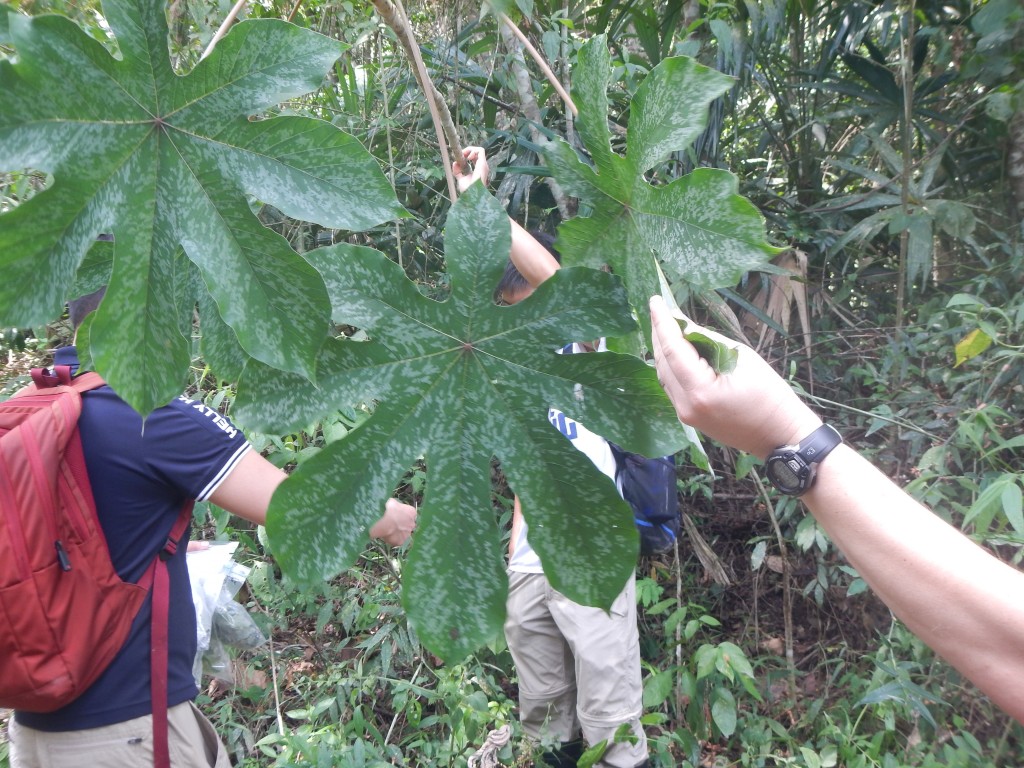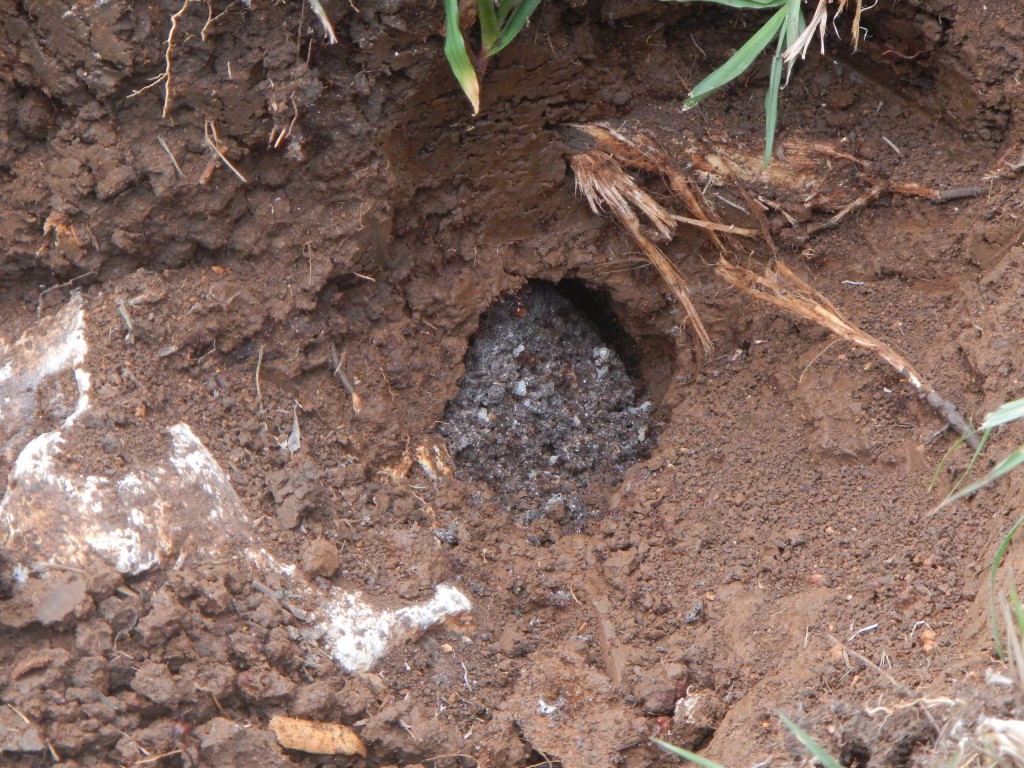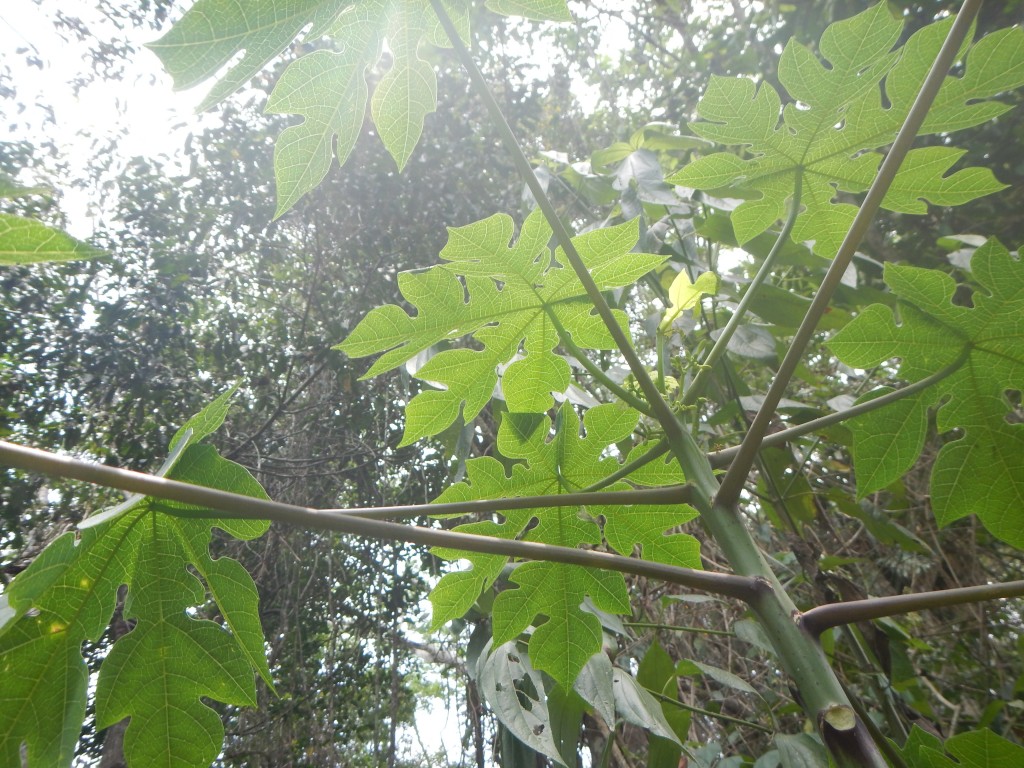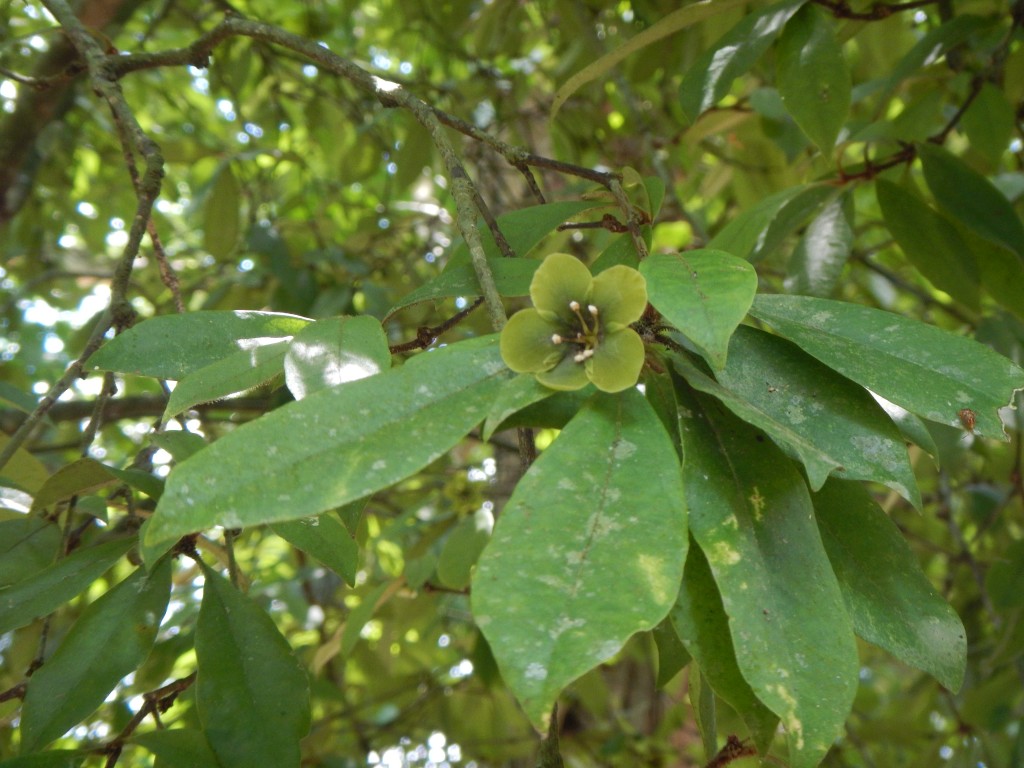Today we looked at two species of ants, Azteca ants and leafcutter ants. Azteca ants are a genus of ants that have a symbiosis with Cecropia trees. The ants provide protection from herbivores and competitors for the trees, and the trees provide shelter and nutrition for the ants. We wanted to look at how the trees are able to thrive when they are juveniles and before an ant queen has colonized the tree. To do this, we split into groups and designed hypotheses for how the trees adapted. My group looked into whether juvenile Cecropia trees mimicked other plant species or characteristics through physical adaptations. Tomorrow each of the groups will summarize their data and come up with a conclusion. It will be interesting to see which of the groups has the most convincing argument.


During the second half of the day we examined the life cycle of a leafcutter ant nest. Queens can live more than 20 years, although workers usually do not live longer than a year. Some colonies can have around 5 million individuals. Additionally, a mature colony can be about equal to a cow, in both weight and volume of plant material processed in a year. While we’ve been at Las Cuevas, we’ve noticed a lot of leafcutter ant trails around the area. Today we learned that those trails are only made by colonies that have been established for around 10 years. Smaller nests aren’t able to create or maintain the trails.


The most interesting tree that I observed today was a papaya tree. Originally we thought that the papaya tree was a Cecropia juvenile, but the details didn’t match. The tree had large palmate leaves, a very tall and skinny trunk, and smooth bark, which are characteristics similar to Cecropia. However, the leaves were more lobed than Cecropia leaves and the reproductive structure of the papaya was different. It would be interesting to know how related Cecropia and papaya are; the books that we have access to here didn’t have information on their relatedness. I also was able to identify a tree species that we saw at Caracol with green flowers. The tree was a Mosannona garwoodii. The flowers were very camouflaged and appeared slightly waxy. I haven’t seen the same tree yet here, but it could be around.


Tomorrow we have the opportunity to explore a cave in the region. I’m excited to see what life we’re able to find in the cave.
